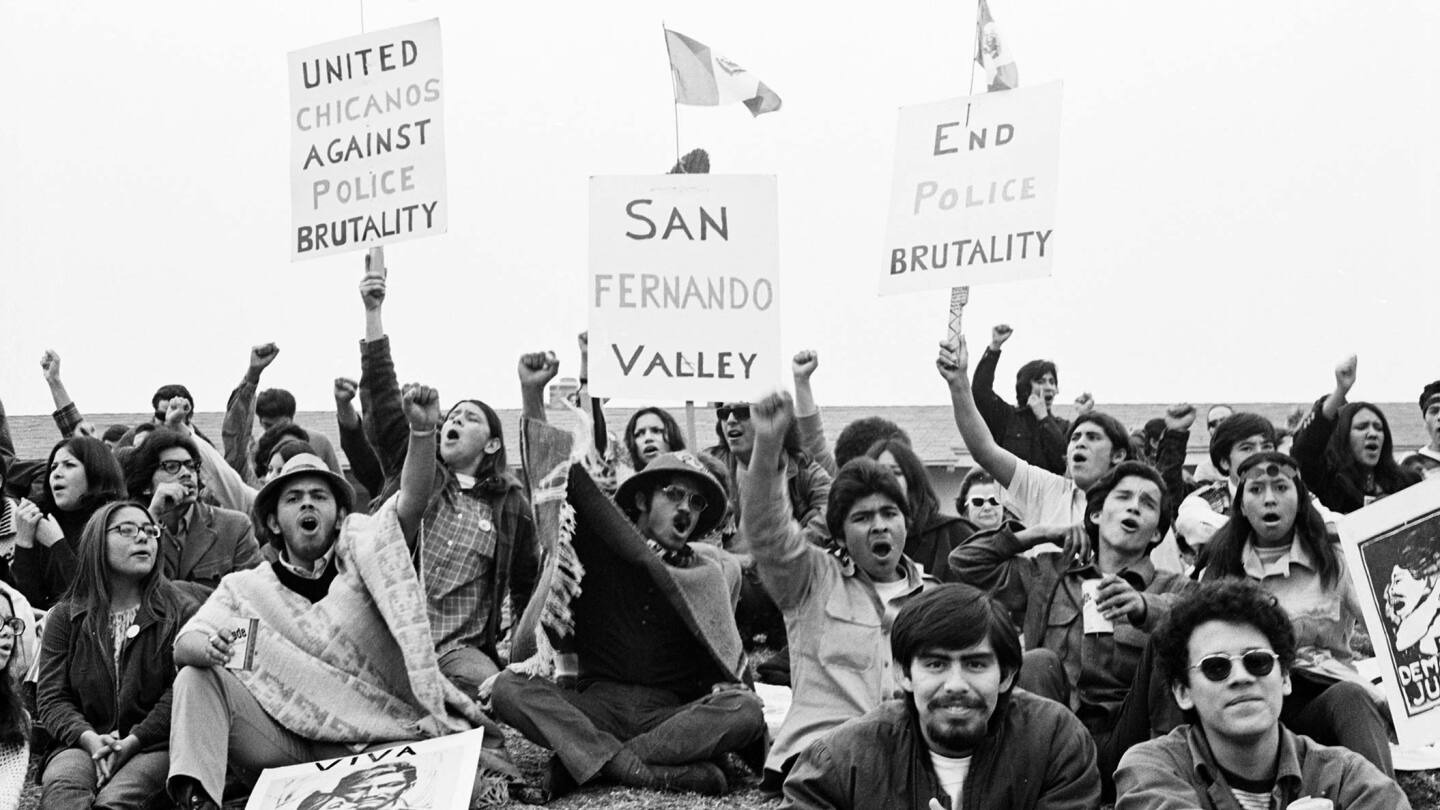Learn About the Movement from Those Who Lived It
Discover More

0:30
Discover the life of radical Chicano lawyer Oscar Zeta Acosta

2:32
Explore the historic 1968 “Walkouts."

1:26
Dolores Huerta, along with Cesar Chavez co-founded the United Farm Workers

16:20
Caesar Chavez and Dolores Huerta lead the farmworkers strike in California













